 Canada’s eastern-most province, Newfoundland & Labrador is both Canada’s oldest and youngest province. The first European settlers to Newfoundland were Vikings, who arrived sometime in the 11th Century. They stayed around for between 5 and 10 years before abandoning their settlements. The next people to come were those of British, Irish and Scottish heritage in the late 16th Century.
Canada’s eastern-most province, Newfoundland & Labrador is both Canada’s oldest and youngest province. The first European settlers to Newfoundland were Vikings, who arrived sometime in the 11th Century. They stayed around for between 5 and 10 years before abandoning their settlements. The next people to come were those of British, Irish and Scottish heritage in the late 16th Century.
Newfoundland & Labrador remained a British dominion while the other provinces joined together in a confederation to form Canada, and it wasn’t until 1949 that Newfoundland joined Confederation. Thus, while it is home to some of the first European settlers in North America, Newfoundland & Labrador is also the newest political province.
Newfoundland is famous around the world for its unique heritage and cultural identity, as well as the stunning and rugged northern landscape it offers. Traditionally a land of fishermen, loggers, trappers and miners, Newfoundland, with most of the population living on the island, remained an isolated land for most of its history and thus a seperate culture and language was able to develop.
The people of Newfoundland often call themselves “Newfies” although this term can also be used in a derogatory sense by those from other provinces. The language spoken in Newfoundland is often considered nothing more than a strong accent, but linguists at Yale University have classified the Newfoundland dialect as a distinct language within the English group. It has its own pronunciation and lexicon, idioms and in some cases its own grammatical rules. It is impossible to describe the Newfoundland language in writing, but it is heavily based on a fusion of Irish and English and Scandinavian.
In 2006 the population of Newfoundland & Labrador was 505,000, with most of them living on the island of Newfoundland in and around the provincial capital of St. John’s. A large Canadian Forces air and naval base operating out of Gander has attracted tertiary business and a few large communities have sprung up in that area, as well.
The main industries in Newfoundland & Labrador remain the traditional ones: fishing, logging, mining and hunting, but the collapse of the Grand Banks cod fisheries in 2003 devastated the fisheries and as a result Newfoundland has had to look for other sources of capital. The opportunity came when large deposits of offshore natural gas were discovered and the current wily Premier of Newfoundland, Danny Williams, held off very intense bullying tactics by Exxon Mobil, Shell, Gazprom and Petro-Canada to secure 100% exploitation rights for the province. Since then tens of thousands of Newfoundlanders have been employed in the natural gas sector and all the tertiary business that comes with it.
Tourism is another large industry for Newfoundland, as is a recent boom in Information Technology and medical sciences. Memorial University, a world-class institution in St. John’s, is considered one of the global leaders in new research in the fields of cancer and diabetes.
What most impressese people who visit Newfoundland, however, is the awe-inspiring geography. The vast Atlantic coastline is rugged and pristine, seemingly untouched by humans. In the spring massive icebergs float past the shore and whales splash around in the water. Summers are mild and winters can be incredibly harsh, but this mix of rugged nature and rugged weather have helped to create the Newfoundland soul, a unique part of Canada’s cultural heritage.

St. John’s, Newfoundland’s capital, is a very bright and unique city. With 100,000 people it supports a bustling economy and the most bars per-capita of any city in North America.
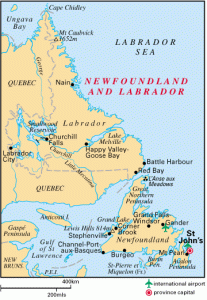

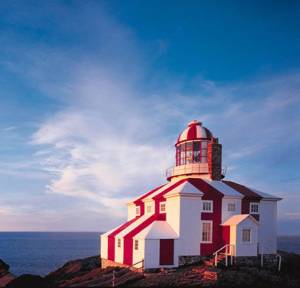

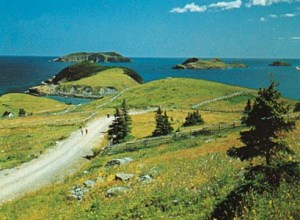


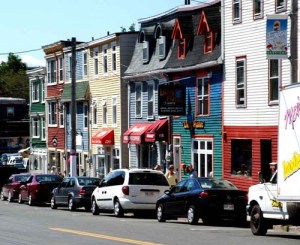
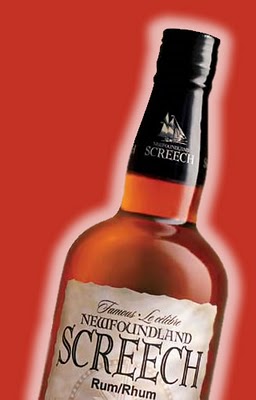
most of this is right but i don't believe the shot of sckeech and then kiss a cod it's drink pure maple syrup kiss a good fish and fish the cod you morons